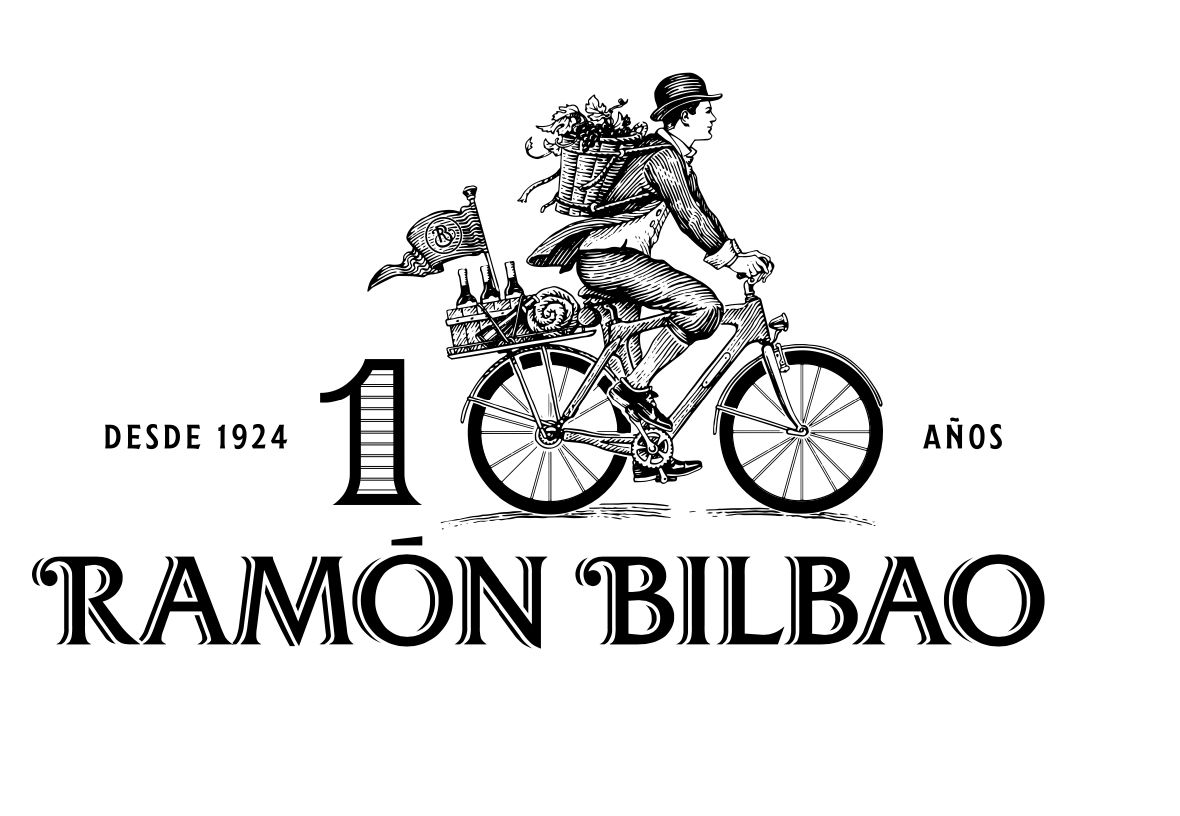English sparkling wine might take the plaudits, but there is so much more to be excited about across the overall English wine industry, says Robert Mason.
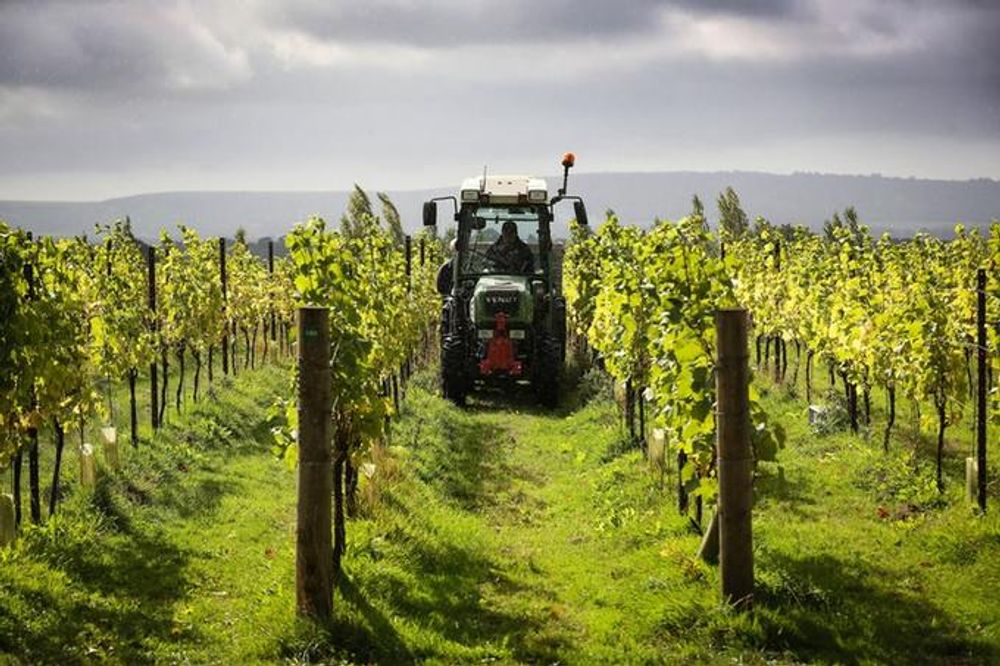
There has been an explosion in the number of vines planted in England in the last five years
It turns out, the late and great Douglas Adams was wrong.
In recent weeks and months, we have all begun to slowly contemplate the fundamental importance of hairdressers. For those of you unaware of ‘The Restaurant at the End of the Universe’, there is a notion that society is tiered into sections of usefulness, with hairdressers sadly not making the cut.
The world has notably changed.
As a small silver lining, the recent lockdown has shone a light on the wealth of consumables curated on our little island. That we can find the quality and variety here to match what we usually seek from over there.
From just a neonate industry of largely amateurs, over half a century ago, the English wine industry has bloomed into a burgeoning and dynamic country worthy of more than just a footnote in a wine atlas.
Huge growth in production
We are all more than aware of the sparkling success of our home-grown efforts. Just over a third of all wine produced in the British Isles is fizzy. I say ‘Isles’ quite deliberately. In nearly every county, someone somewhere will have planted vitis vinifera vines. From Jersey to the Outer Hebrides, this amazing species survives.
Great Britain currently stands at 3, 579 hectares under vine (roughly equivalent to the size of the BierzoD.O. in Spain), with many more to come. Approximately 3 million vines were planted in 2019 alone. This is serious. Today’s production is proficient, polished and professional.
A little over 13 million bottles were produced last year. Around 9 million of which were sparkling. But what about the other 4m plus bottles? Sparkling has come-of-age, spring-boarding from adolescence into adulthood. Yet, while sparkling is now allowed to party and get drunk in licenced establishments, still wines are just about learning to walk.
Despite a global pandemic, a near-inevitable recession and the B-word, a movement has been quietly nurturing and building for the future. One that is bright, diverse, individual and defiant. A spirit encapsulating the English identity and personality: esoteric, exhilarating and eccentric.
Be still, my vinous heart.
Step changes in quality
I spoke to four unique wine producers representing some of the best from the South East of England. Each distinct and characterful. From newly born ventures to the old established and often overlooked. The common elements throughout were innovation, identity and ingenuity.
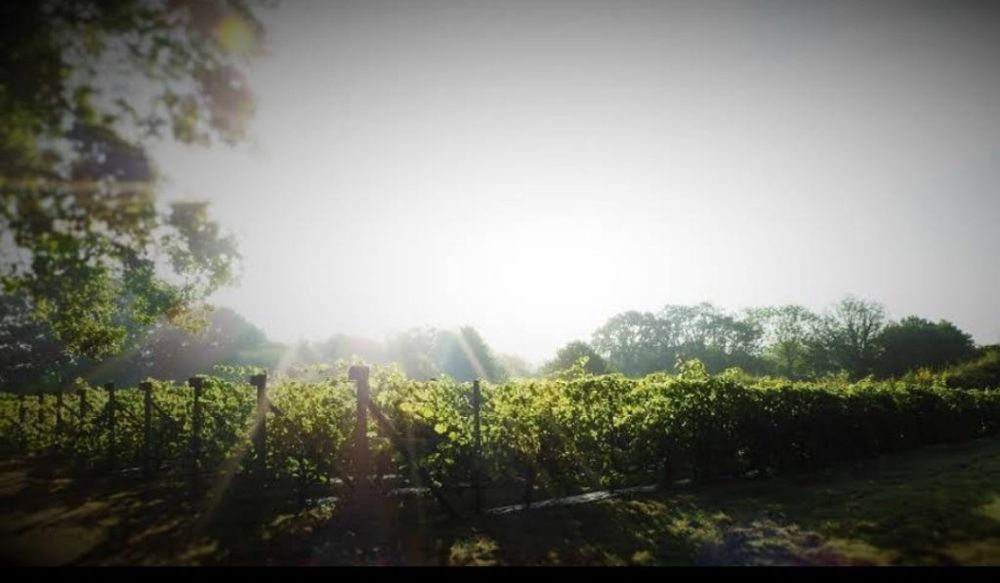
Mason says he has seen the enormous step changes in quality at a producer such as New Hall Vineyards in Essex for himself
I first visited New Hall Vineyards in Essex in May 2013 when I was working as a wine buyer in the Square Mile. That year was a crossroads for the still wines of England. Torn between the legacy of the initial success of the 1970s, with high-proportions of Germanic crossed varieties with vigorous yields and a pallid medium-sweetness and the modern, vibrant and dry examples we now find in abundance.
I remember quite clearly the Bacchus I tried that day. It was off-dry, with high acidity and exceptional balance. Not a million miles away from the 2019 vintage I sampled just recently. Except the 2019 was more elegant, complex and much dryer with a respectable 11% abv.
A lot has changed in seven years. The pioneering vines are now into their forties, the fashions have evolved and commerce has grown unimaginably. And, of course, we are also a few degrees warmer. Disaster for environmentalists and a blessing (of sorts) for viticulturists.
“Climate change will impact how and what varietals will grow in the UK in the future” says Sergio Verrillo, co-founder and winemaker of Blackbook Winery in Battersea. Global warming, hot-boxing, or climate change, call it what you will, is already having a profound impact.
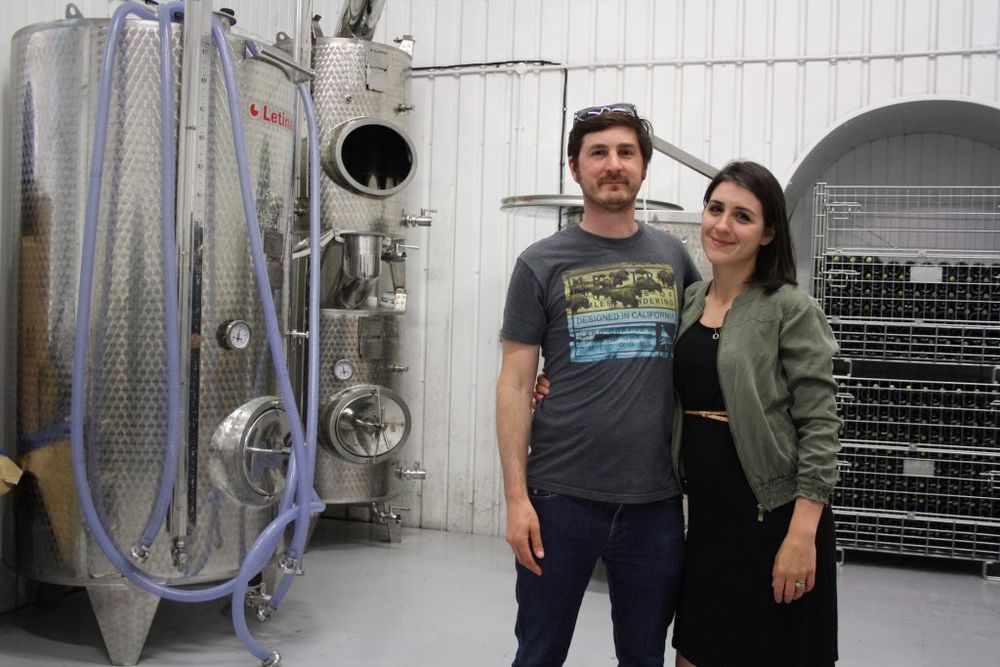
Sergio and Lynsey Verrillo are making quality boutique English wine from a wider range of varietals from their home in the shadow of Battersea Park in London
We are now starting to see exquisitely balanced and harmonious wines from the likes of Pinot Gris, Chardonnay, Pinot Noir, Pinot Blanc and Bacchus. Even the obscure Rondo, Regent, Reichensteiner and the like are making better and better, terroir-specific still wines.
Pinot Gris is, perhaps, one of the most unsung of the whites grown in this country. It can be all styles: perfumed, off-dry and Alsatian; a great addition to sparkling wine as it is in so much French Crémant; and can make quite ethereal Alpine-fresh examples such as the inaugural vintage from Oastbrook Estate in East Sussex.
Oastbrook is a shiny and new project by winemaker America Brewer. She hails from the creative State of Bahia in Brazil, a centre for culture, expression and creativity. Ideals that only the best winemakers hold. Her philosophy is simple: both art and wine are simpatico. And it shows in her Pinot Gris: Alpine, mineral, herbal, ripe, elegant and focused.
Time for English still wines?
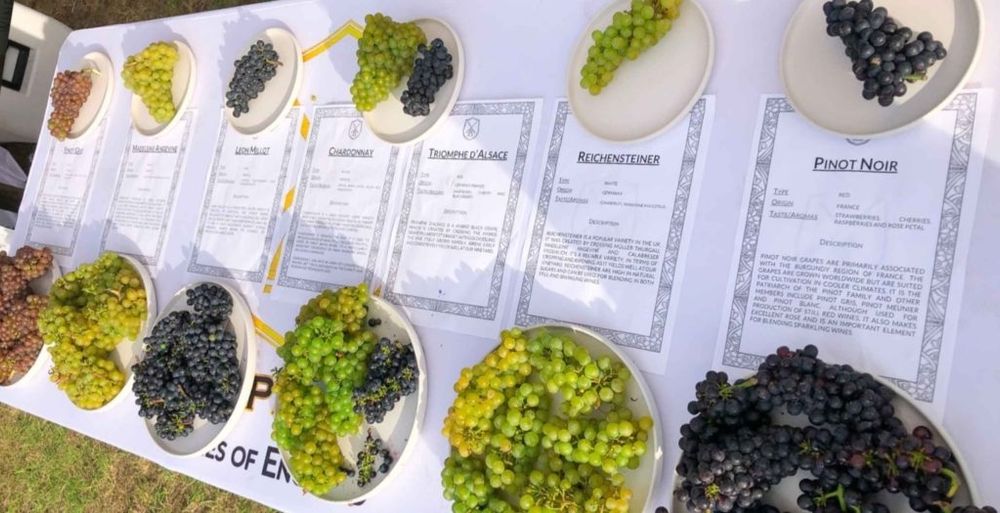
Meophams is experimenting with a number of different still wines and varietals
Presently, the still wines being made in this country are among the most diverse and exciting of any region globally. From the urban winery Blackbook’s ‘Little Wonder’ Cabernet Noir or to Meophams Valley Vineyard in Kent making sublime and long-lived still rosé wines. All unique, individual expressions that share one common link: a British identity.
‘Little Wonder’ is the only UK wine made from this new and unique variety. Grown in the Redhill Farm Vineyard near Maidstone in Kent. It is full, rich, complex and bold. Something red wines in this country have been hitherto, lacking.
Meophams make around 10 wines: white, rosé, red and sparkling. The most impressive of the still wines is the rosé: 2017 is dry and fresh, able to go toe-to-toe with our European counterparts; the 2016 is still fresh, fruity and alive with a hint of sweetness to balance the high acidity, and is extremely versatile with food.
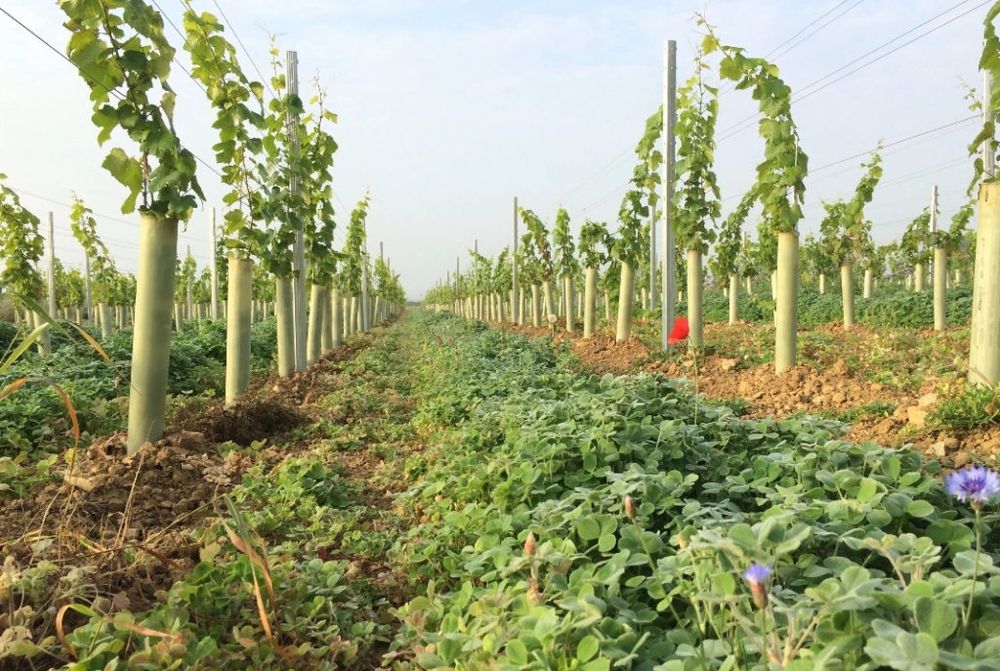
Redhill Farm in Maidstone is working with Blackbook Winery to really push the envelope for English still wines
Willing to experiment
Throughout the UK there are examples of wine producers willing to experiment. Not just because of climate change, but because they are curious and progressive. Gouais Blanc, Gewurztraminer, Sauvignon Blanc, Durif, Blauer Portugieser, Merlot, Kerner and even, Albarino, to name just some of the varietals with acreage under vine.
Nothing is impossible. “By the end of the century, we may be able to grow Malbec in Essex,” says Lucy Winward, operations manager at New Hall, commented on a recent Laithwaites study, which speaks volumes.
Their experimental side is geared largely to the more technical aspects, such as trialling various pruning methods and cover crops etc. All highly important to the specific requirements unique to each varietal and terroir. After all, they do have well over 100 acres.
As for styles, this is objective rather than divisive. When asked of whether we are likely to see such internationally classical varieties such as Syrah or Tempranillo in the future, America Brewer of Oastbrook says: “The red wines need to improve…and this is an area we will focus on in the future.”
Yet, take the view of Sergio Verrillo at Blackbook, and it is an altogether more optimistic aspect: “I think this [is] already being seen with the likes of Chardonnay and Pinot Noir in more recent years. As the vines go in, there has been an increase in planting diversity with varieties such as Gamay, Riesling, Cabernet Franc and more. These experimental plots will build the foundation of the “great classics” that we may see in the future.”
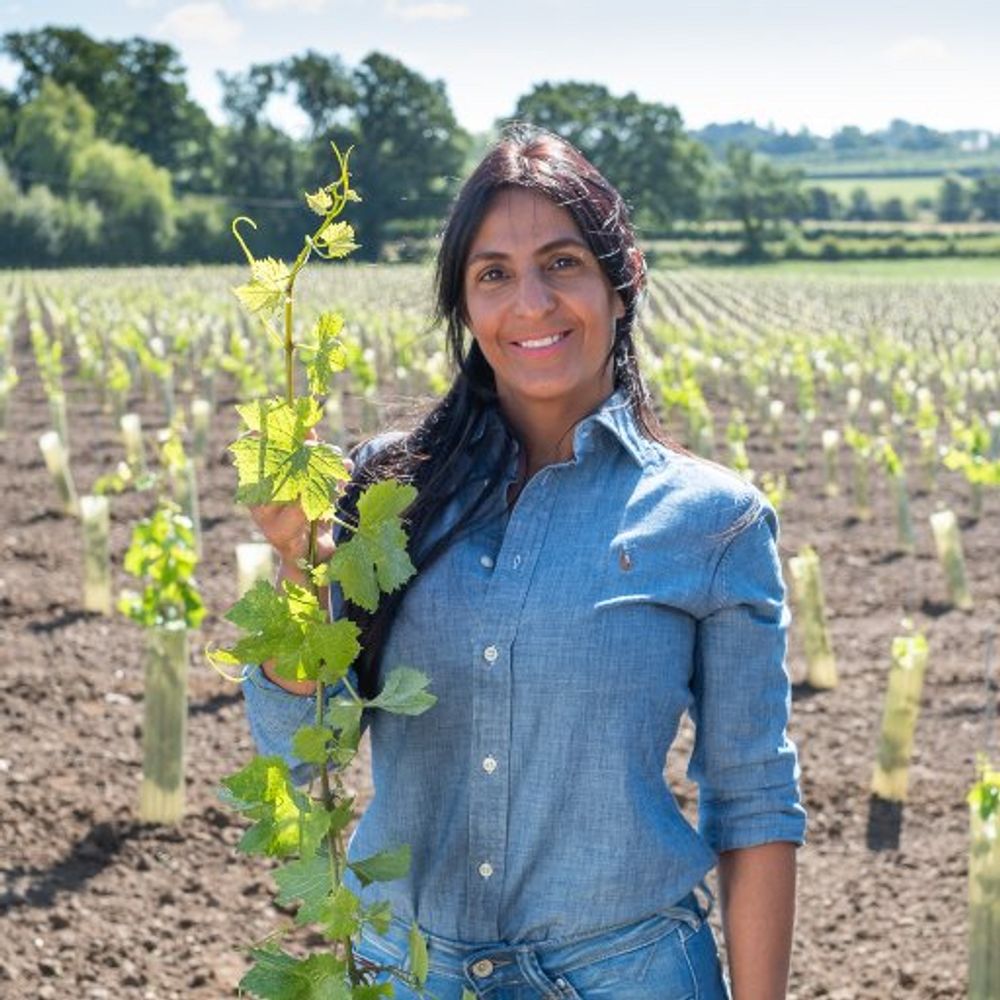
America Brewer would like to see more specific support from the government to help small, artisan English wine producers
We all need to take responsibility
Responsibility for the future of the UK wine industry lies with each part of the supply chain. Winemakers have started the revolution. We, as members of the trade, need to more actively promote our home- grown produce and capitalise on consumers’ willingness to be educated.
The pinch-point, as with most things, is price.
In a post-Brexit Britain, the logical course of action would be for greater and more targeted support from the UK government, something that has been scant to say the least to date. Each producer I spoke to considered the wine duty imposed on their products to be excessive and disproportionate, particularly as their stock is largely being sold to the local market. The current rate of duty stands at an eye-watering £2.23 per bottle, artificially pushing domestic-grown wine out of budget for many consumers. This is a real shot in the foot for an industry that can offer employment, creativity and economic development.
In addition, America Brewer makes an important point for fledgling boutique producers: “Cellar door tax relief would be a great advantage to smaller producers. We appreciate government help but it would be great if they could actively promote.”
The Johnson mandate is to ‘think British, buy British’, let’s hope the prophecy is fulfilled after the transition period.
The other thing to consider is trends. Low and no abv is a growing category. Something English and Welsh wine has to its advantage. Support from organisations such as WineGB and the UKVA is all well and good, but the marketing of UK wine is certainly an area that needs improvement. Perhaps, we will see multi-format bottles trending among UK producers? Halves, half-litres, single-serves and cans may be the answer. Who knows, we may even see the return of the imperial pint too? Either way, as sommeliers, wine buyers, landlords and consultants, UK wine should be first on all our lists.
- Robert Mason has over 15 years of experience in the hospitality industry. Starting his career in hotels, bars, clubs and later focusing on wine buying and supply. He has the WSET Diploma and is a seasoned judge at various wine competitions. He has recently launched as an independent consultant and is building a portfolio of wine writing alongside a weekly blog. For more information please click here.




























